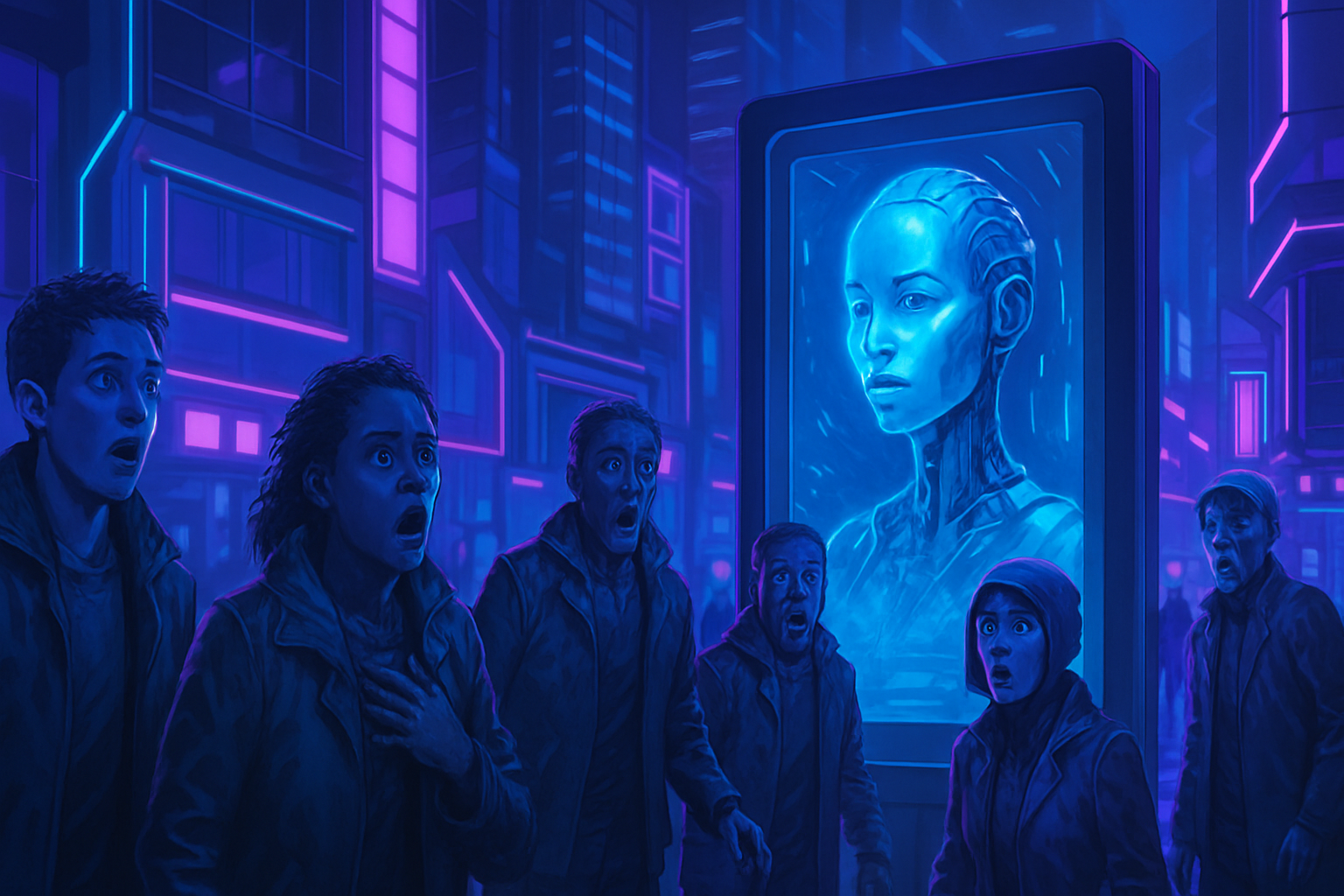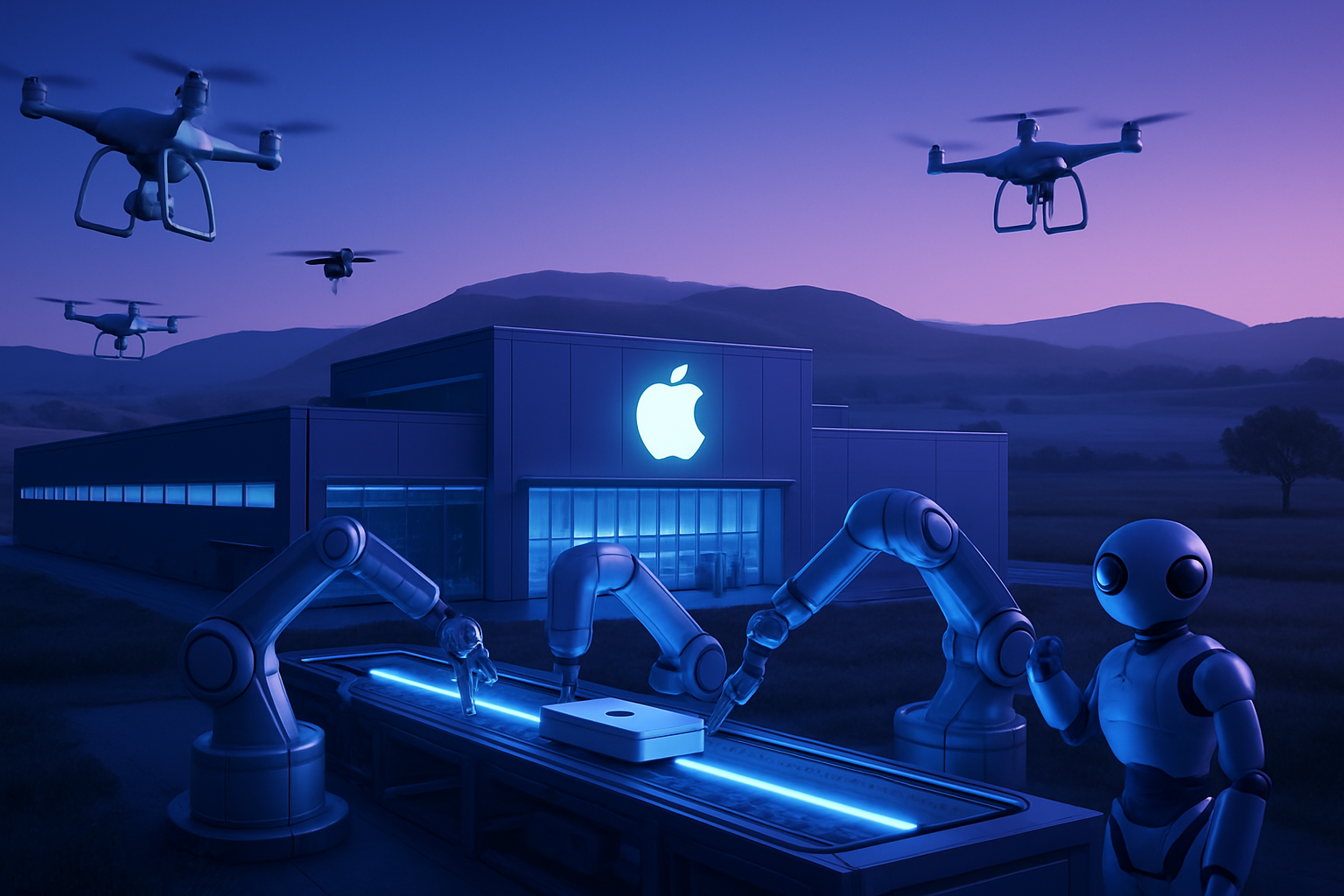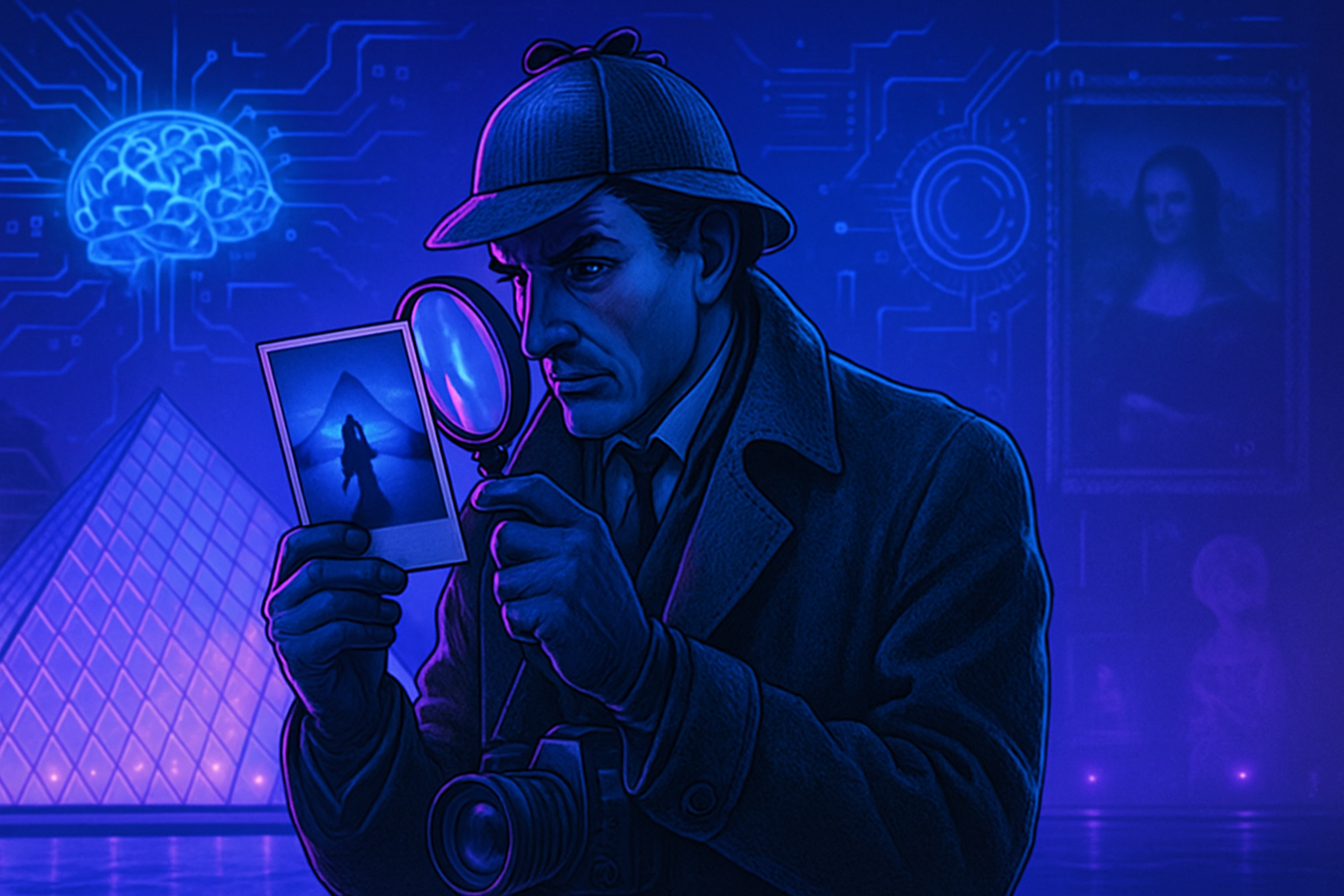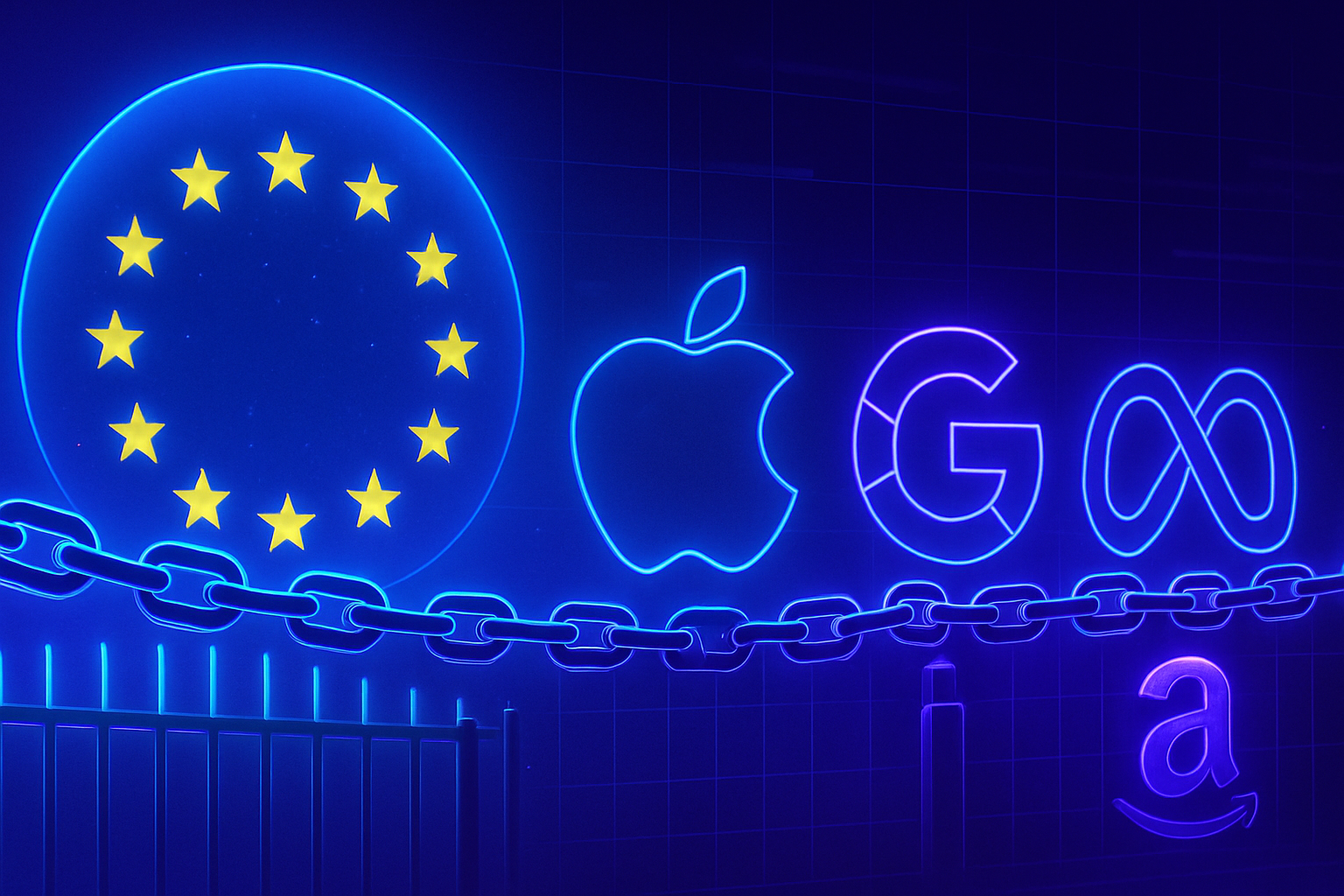FableShowrunner, presented as the Netflix for AI, has been making waves with its bold ambitions. This project, backed by major companies like Amazon, boasts of creating user-generated animated content. However, CEO Edward Saatchi himself expresses doubts, stating that its animation might not appeal to everyone. Ongoing experiments on this platform include narratives that are both disturbing and amusing, questioning the limits of human creativity. Users will have to navigate these creations to determine if the proposed interactivity will truly add value to their experience. This unique challenge raises questions about the future of entertainment in the age of artificial intelligence.
An ambitious concept from Fable
Fable, an innovative startup led by CEO Edward Saatchi, is set to leave a mark on the entertainment world with a groundbreaking platform. Dubbed Showrunner, it is often referred to as the “Netflix of AI.” This new platform aims to transform television creations by allowing users to leverage artificial intelligence tools to generate their own content. The stakes are high, especially in light of the initial mixed reviews highlighting a risk of failure.
Divisive animations
The launch of Showrunner has raised questions about its appeal. Edward Saatchi himself stated that “it might be that nobody wants this type of content and that it fails.” This skepticism seems well-founded, as the initial creations have not truly found their audience. Users are experimenting in real time, but it is difficult to determine if these works, often viewed as “slops” generated by AIs, will manage to captivate a broad audience.
Varied styles but little humor
The initial trends in creations include series like Exit Valley, a technological satire, and a science-fiction romantic comedy. Prompts launched on Discord, such as one featuring Joe Biden and Ali G, did not spark significant laughter. The universe created by Fable is marked by humor often deemed too offbeat, if not grim. Largely inspired by already popular animated programs, such as Fox sitcoms, these creations give a feel of déjà vu, thus limiting their originality.
An ambitious business model
The Fable model relies on user engagement via monthly subscriptions for content creation. Part of the funds will be allocated to industry giants like Disney for licensing rights. Currently under negotiation, these agreements represent a significant challenge for anyone venturing into an area so contested by companies traditionally well-established in the entertainment sector.
Legal risks related to AI
The legal framework surrounding content creation by artificial intelligence remains highly complex. Recent cases, such as those involving Disney, which is suing an AI company for copyright infringement, illustrate the growing concerns surrounding intellectual property. The Showrunner platform will need to navigate these issues to avoid heavy legal repercussions. Safeguards have been mentioned to ensure narrative coherence and prevent plagiarism, but their effectiveness remains to be proven.
Future perspectives
The potential of Showrunner will depend on the public’s acceptance of this new format. Although the platform aims to create an interactive experience different from traditional television, preliminary results seem unsatisfactory. Questions about the viability of AI-generated content persist. The road ahead to demonstrate the added value of such tools remains fraught with obstacles.
Frequently asked questions about the CEO of ‘Netflix for AI’
Why does the CEO of ‘Netflix for AI’ believe that his animation content might not appeal to everyone?
The CEO, Edward Saatchi, acknowledges that the concept of using artificial intelligence to create films and series may not resonate with all users, as it heavily depends on individual tastes in entertainment.
What types of animated content are created on this platform?
The platform primarily offers AI-generated animated short films, including sketches and scenarios interacting with various themes such as parodies and romantic comedies.
What measures are in place to ensure that AI-generated content is of quality?
Safeguards are integrated to ensure a certain narrative coherence and avoid copyright violations during content creation, although it remains a constant challenge.
How does the content on this platform differ from traditional animations?
Unlike classic productions that follow a rigid script, the platform offers interactivity where users can quickly share, refine, and iterate on scenarios, thus creating a more immersive experience akin to a gaming platform.
How can users contribute to animation creation on this platform?
Users can participate by submitting AI prompts via the platform, enabling episodes to be generated based on their ideas and suggestions, which constitutes a form of co-creation.
What are the funding criteria for content produced by users?
The business model involves a monthly subscription fee from users to access creation tools, with revenues shared with companies like Disney, with whom licensing rights discussions are ongoing.
How does the CEO justify the potential success of the platform despite these concerns?
Edward Saatchi is convinced that the appeal of interactivity and the ability to create personalized content will provide added value through the diversity of creations that will result, even if it involves risks of initial rejection.






